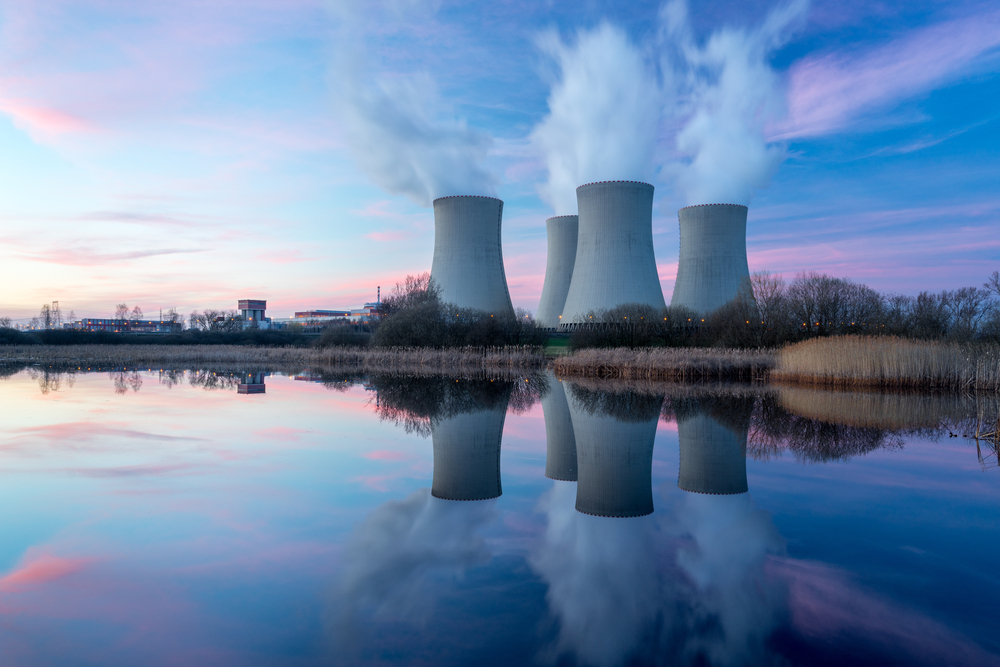Last week, Germany demolished a nuclear power plant without much fanfare. There was no countdown or loud explosion. The engineers who brought down the plant, which was no longer in use, used robots to carefully flatten it like a house of cards.
The tower was only in use for a little over a year in the 1980s. It was part of the Mülheim-Kärlich power plant and was shut down in 1988 after licensing issues and concerns about earthquakes in the area. In 2004, they began the daunting task of dismantling the structure.
RELATED STORY:
After the Fukushima disaster in 2011, Germany decided to phase out all of its nuclear power plants. The country is also planning to close all of its coal plants by 2038, which are the largest in Europe. So it is safe to say there will be more quiet demolitions in the years to come.
Germany’s power plants have always been a symbol of its engineering prowess. Today, however, the country has become a world leader in taking these complex buildings apart.
In May last year, engineers used a robot to begin shortening what was then the 162-meter-tall cooling tower at Mülheim-Kärlich. For the past year, the robot has been slowly munching its way down the building, sort of like a caterpillar devouring a leaf. By June of this year, the robot was more than halfway through.
RELATED STORY:
Project manager Olaf Day said that they didn’t have permission from authorities for an explosion to finish the job, so they came up with a different plan. According to Day:
Thirty-six V-shaped pillars supported the tower. Last week, the team of experts used a giant robotic “hammer” to relax some of the pillars, and then another high-tech pair of “scissors” to cut them until the tower collapsed.
It was the first time in the world this demolition method has been used [on a nuclear plant], adding that the entire “hammer and scissors” process took just under four hours.
Professor Miranda Schreurs, chair of environmental and climate policy at the Technical University of Munich explained that explosives cause massive amounts of dust to fly around everywhere.1 The tower, however, just fell in on itself, producing very little dust. She added:
While the tower was not deemed radioactive, there’s still an interest in “minimizing the potential spread of any harmful materials.1
RELATED STORY:
Germany has been reducing its use of nuclear power since 2000, but it was Japan’s Fukushima disaster in 2011 that motivated the government to take action.
Chancellor Angela Merkel immediately set new deadlines, and eight of the country’s seventeen reactors were quickly shut down. The seven reactors still in operation today are due to terminate by 2022.
As the plants closed down, a new industry has appeared. Schreurs explained:
Even after a power plant shuts, you still need people who are experts in radioactive materials, you still need people who know how to deal with the robots that operate inside nuclear facilities.
So you’re not going to have the same level of expertise as you have here in Germany. That means Germany will probably play quite an important role in helping other countries to also deal with decommissioning.1
Currently, there are about 450 nuclear power plants in the world, many of them approaching the end of their lifetimes.
According to the World Nuclear Association, Germany gets over 40 percent of its electricity from coal, and 12 percent from its seven nuclear reactors.
RELATED STORY:
Germany’s manufacturing sector, with its intense energy demand for the production of cars, steel and chemicals, may be hard-pressed to find a renewable energy source to fill the gap once coal and nuclear power are gone.
Right now, Germany produces more electricity than it needs. They export the excess to nearby countries. But, they face a problem with renewable energy because of it’s inconsistency. Hanns Koenig, of energy market analysis firm Aurora Energy Research, said:
The biggest issue in terms of security of supply is when the wind doesn’t blow and the sun doesn’t shine.1
He added that the issue might be solved by efforts to create a much more integrated European power market.
The end of the nuclear era is visible in other ways, too. For the people who live in Mülheim-Kärlich, they will no longer see the massive landmark along the side of the road that has stood there for thirty years.
Source:
Please get on our update list today, as social media is strangling our reach. Join here: http://healthnutnews.com/join THANK YOU!












